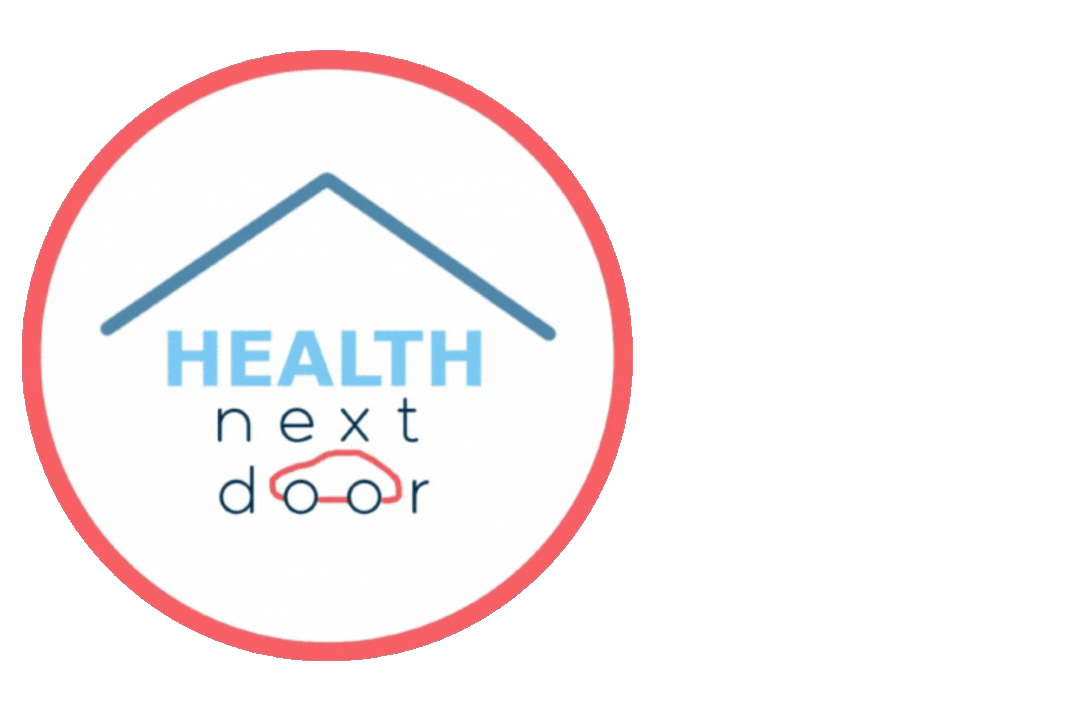What can I do to recover from a workplace injury?

Workplace injuries can be a significant setback, affecting both productivity and personal well-being. However, with the right physiotherapy practices, recovery can be swift and effective, allowing individuals to return to their daily activities with minimal discomfort. Here are some of the best physiotherapy practices for workplace injury recovery:
1. Early Intervention
Early assessment and treatment are crucial in managing workplace injuries. Physiotherapists can identify the extent of the injury and implement an appropriate treatment plan, preventing the condition from worsening. Immediate attention can also reduce inflammation, manage pain, and enhance the healing process.
2. Individualized Treatment Plans
Every injury is unique, and so should be the treatment plan. A personalised approach ensures that the specific needs of the patient are addressed, promoting a faster and more effective recovery. Physiotherapists consider the type of injury, the patient’s medical history, and their overall health to design a comprehensive rehabilitation program.
3. Pain Management Techniques
Physiotherapists employ various pain management techniques such as manual therapy and soft tissue massage to alleviate pain and discomfort associated with workplace injuries. These methods help in reducing muscle tension, enhancing blood circulation, and promoting tissue repair.
4. Functional Rehabilitation
Functional rehabilitation focuses on restoring the patient's ability to perform daily activities. This involves exercises that mimic workplace tasks, helping the patient regain strength, flexibility, and endurance. Functional exercises are tailored to the specific demands of the patient’s job, ensuring a smooth transition back to work.
5. Ergonomic Assessment and Education
Physiotherapists conduct ergonomic assessments to identify potential risk factors in the workplace. They also educate patients on proper body mechanics and posture to prevent future injuries. Recommendations may include adjustments to workstations, the use of supportive devices, and training in safe movement techniques.
6. Gradual Return to Work Programs
A structured return to work program ensures a smooth transition back to the workplace. This includes a gradual increase in workload and responsibilities, allowing the patient to adapt without risking re-injury. The program is designed in collaboration with employers to accommodate the patient’s recovery needs and job requirements.
7. Ongoing Support and Monitoring
Regular follow-up sessions with a physiotherapist help monitor progress and make necessary adjustments to the treatment plan. This ongoing support ensures that the patient remains on the right track to full recovery. Continuous monitoring also helps in identifying any setbacks early and addressing them promptly.
8. Education and Self-Management
Educating patients about their injury, the recovery process, and preventive measures is a key component of physiotherapy. Patients are taught self-management techniques, including exercises and stretches they can perform at home. Empowering patients with knowledge and tools for self-care promotes long-term health and injury prevention.
Conclusion
Workplace injury recovery requires a holistic approach that incorporates a personalised plan and ongoing recovery treatment. By implementing best physiotherapy practices, individuals can achieve optimal recovery, regain their functional abilities, and return to their professional lives with confidence.
At Health Next Door, we specialise in providing top-notch physiotherapy services for workplace injury recovery. Our team of experienced physiotherapists is dedicated to helping you return to work safely and efficiently, ensuring you receive the best care possible. Contact us today to see how we can assist you in your recovery.


.png?width=50&height=50&name=WhatsApp_Image_2024-03-29_at_13.48.58_f7740a48__1_-removebg-preview%20(1).png)